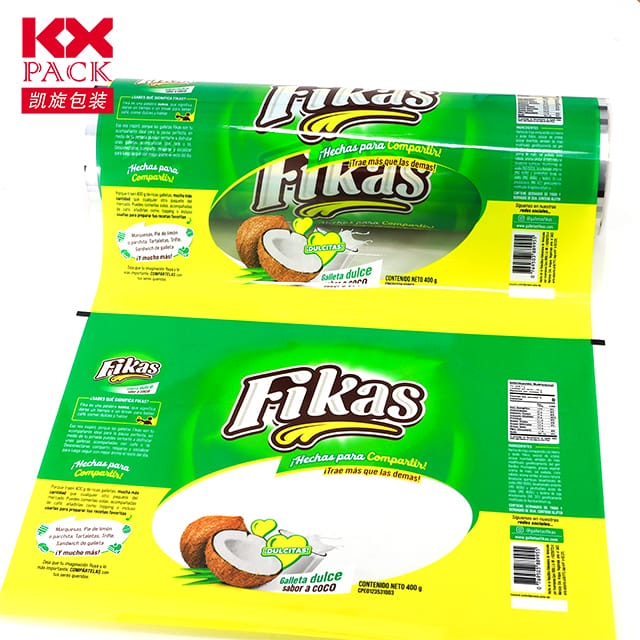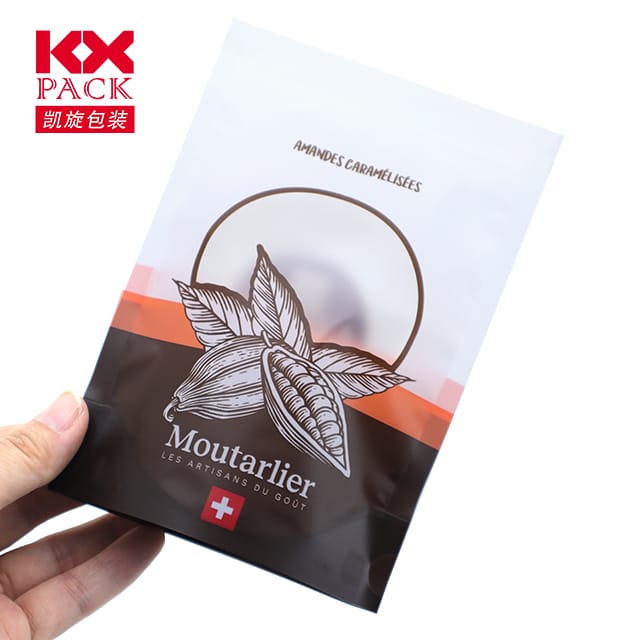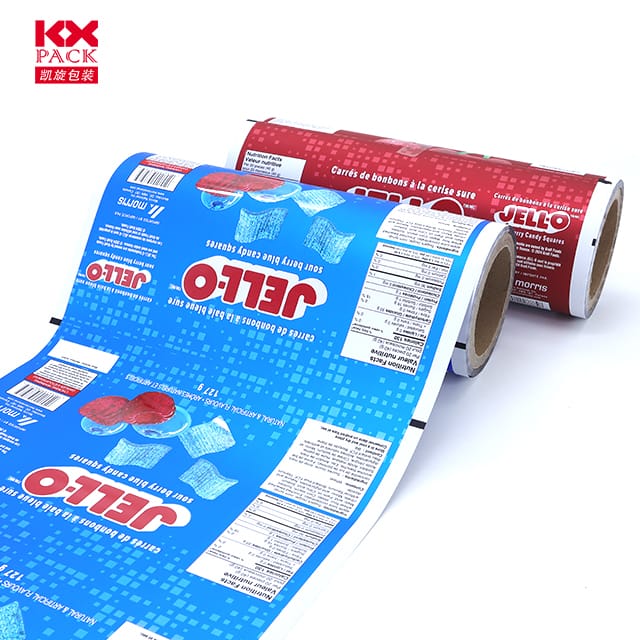灵活电影包装的兴起: 创新, 可持续发展, 和行业转型
灵活的电影包装
在包装的动态世界中, flexible films packaging 已经成为改变游戏规则的人, 从食品和药品重塑行业到个人护理和物流. 由其轻巧定义, 适应性, 和高性能材料, flexible packaging now accounts for a significant share of the global market—estimated at$270.96 十亿 2023 and projected to grow at a复合年份 4.8% 通过 2030. This surge is driven by its ability to meet evolving consumer demands, 监管压力, 和可持续发展目标. Let’s explore why flexible films are becoming the packaging solution of choice.
1. Key Properties: Why Flexible Films Stand Out
灵活的电影包装 are engineered to balance functionality and efficiency. Their defining features include:
- Lightweight and Portable: 与刚性包装不同 (例如。, 玻璃或金属), flexible films reduce material use and transportation costs. A single truckload of flexible films can carry the equivalent of 10 truckloads of glass jars, slashing carbon emissions.
- 屏障保护: Advanced multilayer structures—combining polymers like polyethylene (体育), 聚丙烯 (双向拉伸聚丙烯), 或聚氯乙烯 (PVC) with aluminum foil—create impermeable barriers against oxygen, 水分, 和光. This extends shelf life for perishables like meat and cheese by up to 50% compared to traditional packaging.
- 抗温度: Flexible films withstand extreme conditions, from oven-safe pouches for ready-to-eat meals to freezer-grade films for frozen foods.
- 定制: Films can be tailored to product shapes, minimizing waste and maximizing product-to-package ratios. This precision is critical for single-serve snacks, 宠物零食, and pharmaceutical blisters.
2. 行业应用: From Food to Pharmaceuticals
灵活的电影包装 have disrupted multiple sectors by offering cost-effective, high-performance solutions:
- 食物 & 饮料: The largest market segment, flexible films dominate snack packaging, 新鲜农产品包裹, and microwaveable meals. 例如, stand-up pouches with resealable zippers reduce food waste by keeping contents fresher longer.
- 宠物食品: Innovations like lightweight treat packs and bulk sacks with odor-barrier layers cater to pet owners’ demands for convenience and freshness.
- 卫生保健 & Pharmacy: 无菌, tamper-evident blister packs and peelable pouches ensure drug safety and compliance with strict regulatory standards.
- 后勤 & 电子商务: 耐用的, puncture-resistant films protect goods during shipping, while shrink-wrap films secure pallets for efficient transportation.
3. 可持续发展: The Driving Force Behind Adoption
随着环境问题的关注, flexible films are evolving to meet circular economy goals:
- Reduced Carbon Footprint: Manufacturing 灵活的电影包装 requires 60% less energy than rigid alternatives like glass. Their lightweight nature also cuts fuel consumption during shipping.
- Recyclable and Compostable Options: Innovations like mono-material PE films and plant-based compostable films (例如。, NATIVIA® by Taghleef Industries) 正在获得吸引力. Some brands now use 100% 回收内容 in their films.
- Waste Reduction: 灵活的电影包装 generate 80% less landfill waste than rigid packaging due to their efficient material use.
然而, 仍然存在挑战. 多层电影, while high-performing, are often non-recyclable. Industry leaders are investing in化学回收 和advanced sorting technologies to address this gap.
4. 未来趋势: What’s Next for Flexible Films?
The market is poised for transformative growth, 由:
- 智能包装: Integration of IoT sensors to monitor freshness or QR codes for supply chain transparency.
- Advanced Adhesives and Substrates: New laminations improve barrier properties without adding thickness, 使得更薄, 更强大的电影.
- 监管合规性: Stricter eco-laws (例如。, 欧盟的一次性塑料指令) are pushing brands to adopt sustainable films.
- 消费者便利: 可重新密封, easy-open, and single-dose designs cater to on-the-go lifestyles.
结论: Flexible Films as the Future of Packaging
Flexible films packaging is no longer just an alternative—it’s a necessity for brands aiming to stay competitive in a fast-paced, eco-conscious market. By combining innovation, 可持续性, 和多功能性, these materials are redefining how products are protected, 提出, and preserved. 随着技术的发展, expect flexible films to become even smarter, 绿色, and more integral to global supply chains.
Ready to embrace the future of packaging? Whether you’re a brand owner, manufacturer, 或消费者, the shift to flexible films is a win for efficiency, 可持续性, and the bottom line.
来源: 灵活的包装协会, AMI Plastics, Taghleef Industries, Market Research Reports (2023–2030)







